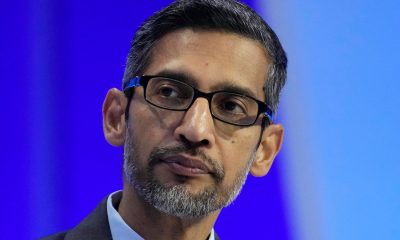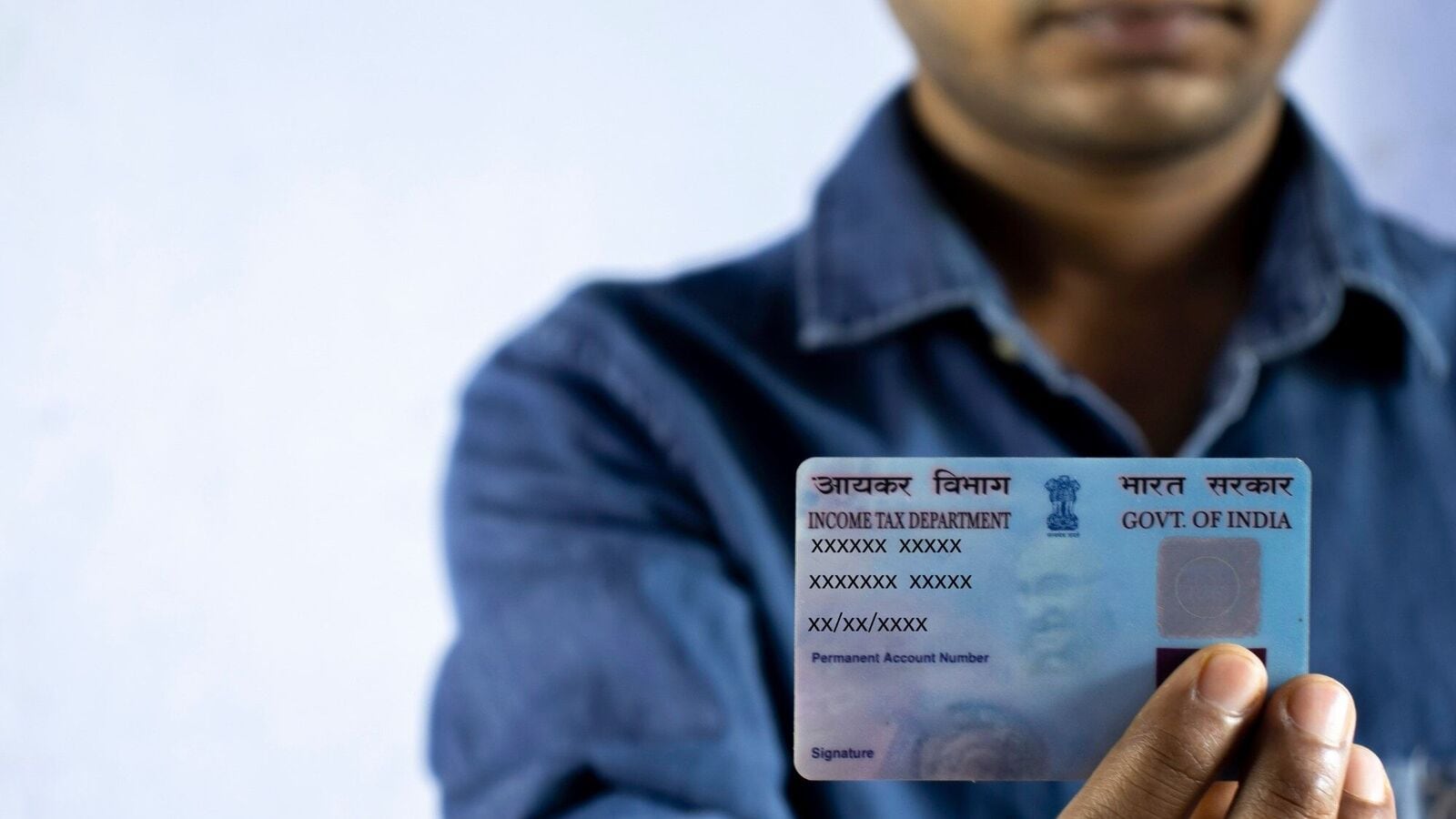
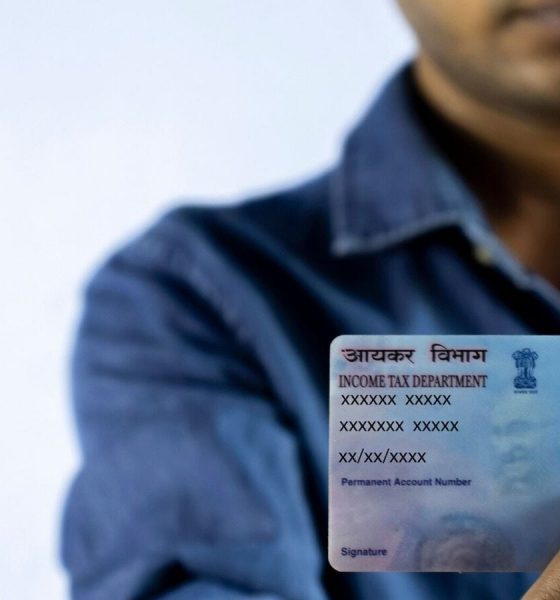
Technology
AI tool of the week | How to identify if an image is generated by ChatGPT – Crypto News
With the rapid adoption of OpenAI’s GPT-4o image generator, the internet has seen a wave of AI-generated visuals, including impressive Ghibli-style artworks. Since its release, the tool has generated over 700 million images, showcasing its immense popularity and reach. However, a darker trend has emerged where realistic fake Aadhaar and PAN cards have been generated using ChatGPT, leading to growing fears of identity fraud.
Social media users have even created fake ID cards featuring public figures like Sam Altman and Elon Musk, which has sparked serious concerns about the potential misuse of AI in crafting fraudulent documents. This alarming situation highlights the vulnerability of digital verification systems and the need for robust safeguards against AI-generated forgeries.
Is it possible to identify if an image was generated by ChatGPT?
OpenAI’s blog announcing a new image-generation capability has the following mention:
“All generated images come with C2PA metadata, which will identify an image as coming from GPT 4o, to provide transparency.”
- What is C2PA metadata?
- C2PA stands for Coalition for Content Provenance and Authenticity. It is a technical standard used to embed information into digital media, such as images, to verify their origin and history.
- What is C2PA metadata used for?
- It acts like a digital nutrition label, providing details about who created the content, when, how, and where it was created or edited.
Example:
Imagine a scenario where a journalist encounters a news report featuring what appears to be an official government ID of a public figure. The image, claiming to be an authentic document, looks plausible. Here’s how the journalist can test if an image contains C2PA metadata:
- Step 1: Visit C2PA verification website e.g. https://contentcredentials.org/verify
- Step 2: Upload any file generated by ChatGPT 4o Image generator
- Step 3: Analyze metadata e.g. go to bottom-right and see ‘App or device used’, ‘Ingredients’- it should have OpenAI and/or ChatGPT references.
Challenges and Limitations:
While C2PA metadata is a promising first-level check to identify AI-generated images, it is not foolproof. One key limitation is that metadata can be stripped from an image when it is processed, such as when taking a screenshot or using certain image editing tools. In these cases, the C2PA data may no longer be present, making it impossible to verify the image’s origin. Therefore, while useful, this method should not be solely relied upon for critical verifications.
Also read
AI tool of the week | Mastering complex research papers faster with NotebookLM’s Mind Maps
AI tool of the week | Using voice AI to speed up initial job screening
AI tool of the week | How product marketers can web scrape using Google Gemini
Mint’s ‘AI tool of the week’ is excerpted from Leslie D’Monte’s weekly TechTalk newsletter. Subscribe to Mint’s newsletters to get them directly in your email inbox.
Note: The tools and analysis featured in this section demonstrated clear value based on our internal testing. Our recommendations are entirely independent and not influenced by the tool creators.
Jaspreet Bindra is co-founder and CEO of AI&Beyond. Anuj Magazine is also a co-founder.
-
others1 week ago
Will Ethereum Price Rally to $3,200 as Wall Street Pivots from BTC to ETH – Crypto News
-
![DIS Elliott Wave technical analysis [Video]](https://dripp.zone/news/wp-content/uploads/2025/06/DIS-Elliott-Wave-technical-analysis-Video-Crypto-News-400x240.jpg)
![DIS Elliott Wave technical analysis [Video]](https://dripp.zone/news/wp-content/uploads/2025/06/DIS-Elliott-Wave-technical-analysis-Video-Crypto-News-80x80.jpg) others5 days ago
others5 days agoSkies are clearing for Delta as stock soars 13% on earnings beat – Crypto News
-
![DIS Elliott Wave technical analysis [Video]](https://dripp.zone/news/wp-content/uploads/2025/06/DIS-Elliott-Wave-technical-analysis-Video-Crypto-News-400x240.jpg)
![DIS Elliott Wave technical analysis [Video]](https://dripp.zone/news/wp-content/uploads/2025/06/DIS-Elliott-Wave-technical-analysis-Video-Crypto-News-80x80.jpg) others5 days ago
others5 days agoSkies are clearing for Delta as stock soars 13% on earnings beat – Crypto News
-
Cryptocurrency1 week ago
TON Foundation Confirms UAE Golden Visa Offer Is Not Official – Crypto News
-

 others1 week ago
others1 week agoCompany Owned by Billionaire Gold Miner May Be Seized by Russian Government for Allegedly Breaching Regulations: Report – Crypto News
-

 Blockchain7 days ago
Blockchain7 days agoInsomnia Labs Debuts Stablecoin Credit Platform for Creators – Crypto News
-

 Technology1 week ago
Technology1 week agoWe’re Losing the Plot on AI in Universities – Crypto News
-
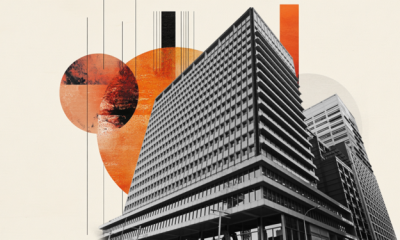
 others1 week ago
others1 week agoAppropriate to have cautious gradual stance on easing – Crypto News
-
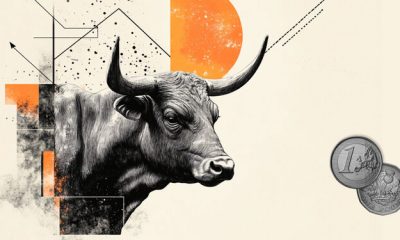
 others6 days ago
others6 days agoEUR/GBP posts modest gain above 0.8600 ahead of German inflation data – Crypto News
-

 Blockchain6 days ago
Blockchain6 days agoAnt Group Eyes USDC Integration Circle’s: Report – Crypto News
-
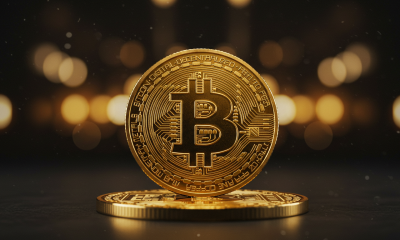
 Cryptocurrency6 days ago
Cryptocurrency6 days agoBitcoin Breaks New Record at $111K, What’s Fueling the $120K Price Target? – Crypto News
-
Technology5 days ago
XRP Eyes $3 Breakout Amid Rising BlackRock ETF Speculation – Crypto News
-
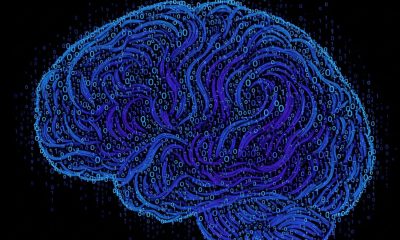
 Metaverse1 week ago
Metaverse1 week agoAre firms wasting their money on AI agents? – Crypto News
-

 Metaverse1 week ago
Metaverse1 week agoAre firms wasting their money on AI agents? – Crypto News
-

 Cryptocurrency1 week ago
Cryptocurrency1 week agoInstitutions Pile Up BTC But Price Doesn’t go up, Why? – Crypto News
-

 others1 week ago
others1 week agoBank Insider Admits to Nearly Decade-Long Scheme of Falsifying Loan Applications To Steal Funds: DOJ – Crypto News
-

 Cryptocurrency1 week ago
Cryptocurrency1 week agoThis Week in Crypto Games: Planetside Dev’s ‘Reaper Actual’, What’s Next for ‘MapleStory Universe’ – Crypto News
-
Business1 week ago
Toncoin Price Drops 10% As UAE Authorities Call TON Golden Visa Offer Unofficial – Crypto News
-
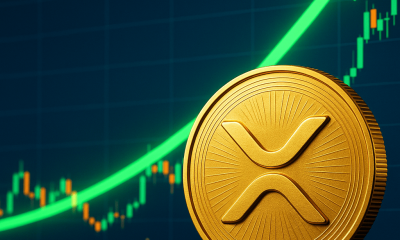
 Blockchain1 week ago
Blockchain1 week agoXRP Set To Shock The Crypto Market With 30% Share: Analyst – Crypto News
-

 Cryptocurrency1 week ago
Cryptocurrency1 week agoCoinbase hacker returns with $12.5 mln ETH buy: Will security concerns affect Ethereum? – Crypto News
-
others1 week ago
Is a Pi Network Crash Ahead As 272M Coins Unlock in July – Crypto News
-
Business1 week ago
Solana ETF Launch Delayed Amid Wait for SEC’s Crypto ETF Framework – Crypto News
-

 Cryptocurrency1 week ago
Cryptocurrency1 week agoOn thinking ahead when markets get murky – Crypto News
-
Technology1 week ago
Solana Meme Coin PNUT Rallies 10% Amid Elon Musk’s Statement – Crypto News
-
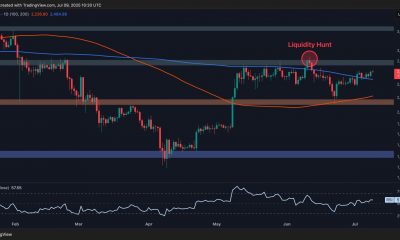
 Cryptocurrency1 week ago
Cryptocurrency1 week agoIs ETH Finally Ready to Shoot For $3K? (Ethereum Price Analysis) – Crypto News
-
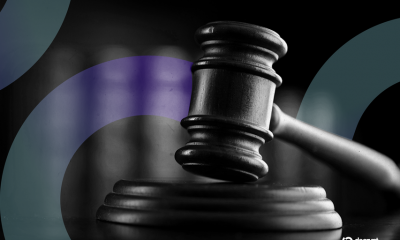
 Cryptocurrency1 week ago
Cryptocurrency1 week agoTornado Cash Judge Won’t Let One Case Be Mentioned in Roman Storm’s Trial: Here’s Why – Crypto News
-

 Blockchain7 days ago
Blockchain7 days agoXRP Rally Possible If Senate Web3 Crypto Summit Goes Well – Crypto News
-
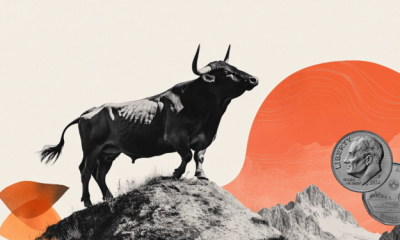
 others7 days ago
others7 days agoUSD/CAD trades with positive bias below 1.3700; looks to FOMC minutes for fresh impetus – Crypto News
-

 Blockchain7 days ago
Blockchain7 days agoEthereum Bulls Roar — $3K Beckons After 5% Spike – Crypto News
-

 Blockchain6 days ago
Blockchain6 days agoKraken and Backed Expand Tokenized Equities to BNB Chain – Crypto News
-

 others6 days ago
others6 days agoNovaEx Launches with a Security-First Crypto Trading Platform Offering Deep Liquidity and Institutional-Grade Infrastructure – Crypto News
-
Business6 days ago
Did Ripple Really Win XRP Lawsuit Despite $125M Fine? Lawyer Fires Back at CEO – Crypto News
-

 Cryptocurrency6 days ago
Cryptocurrency6 days agoXRP price forecast as coins surges 2.19% to $2.33 – Crypto News
-

 others6 days ago
others6 days agoAnthony Scaramucci Says $180,000 Bitcoin Price Explosion Possible As BTC ‘Supremacy’ Creeps Up – Here’s His Timeline – Crypto News
-

 Blockchain6 days ago
Blockchain6 days agoSUI Chart Pattern Confirmation Sets $3.89 Price Target – Crypto News
-
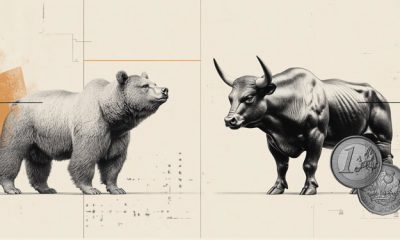
 others5 days ago
others5 days agoEUR/GBP climbs as weak UK data fuels BoE rate cut speculation – Crypto News
-
Business5 days ago
PENGU Rallies Over 20% Amid Coinbase’s Pudgy Penguins PFP Frenzy – Crypto News
-

 Cryptocurrency1 week ago
Cryptocurrency1 week agoThis Week in Crypto Games: Planetside Dev’s ‘Reaper Actual’, What’s Next for ‘MapleStory Universe’ – Crypto News
-

 Blockchain1 week ago
Blockchain1 week agoCardano (ADA) Turns Upward — Signs of a Recovery Emerge – Crypto News
-

 Cryptocurrency1 week ago
Cryptocurrency1 week agoMacroeconomics, Market Shifts, and Trading Speed Take Center Stage at B2MEET by B2PRIME – Crypto News
-

 Blockchain1 week ago
Blockchain1 week agoUAE Golden Visa Is ‘Being Developed Independently‘ — TON Foundation – Crypto News
-
others1 week ago
Nasdaq-Listed Bit Digital Converts Entire Bitcoin Holdings To Ethereum Treasury – Crypto News
-

 others1 week ago
others1 week agoEthereum Continues Outperforming Institutional Capital Flows As Investors Pour $1,040,000,000 Into Crypto Products: CoinShares – Crypto News
-
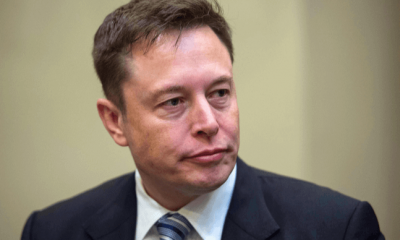
 Cryptocurrency1 week ago
Cryptocurrency1 week agoElon Musk announces his ‘America Party’ will embrace Bitcoin, criticizes Trump’s fiscal bill – Crypto News
-
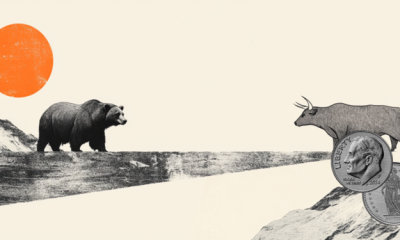
 others1 week ago
others1 week agoUSD/CHF gains ground below 0.8000 ahead of US tariff deadline – Crypto News
-

 Technology1 week ago
Technology1 week agoHuaweis AI lab denies that one of its Pangu models copied Alibabas Qwen – Crypto News
-
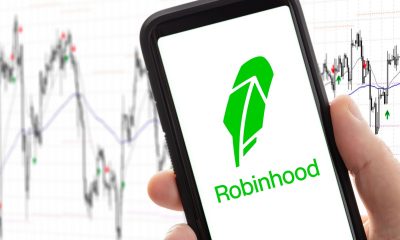
 Blockchain1 week ago
Blockchain1 week agoEU Questions Robinhood About OpenAI and SpaceX Stock Tokens – Crypto News
-

 Cryptocurrency1 week ago
Cryptocurrency1 week agoXRP could rally higher on steady capital inflow; check forecast – Crypto News
-

 Blockchain1 week ago
Blockchain1 week agoVitalik Buterin Backs Copyleft Licensing for Fairer Crypto – Crypto News
-

 Cryptocurrency1 week ago
Cryptocurrency1 week agoBulls In Control But Resistance Persists at $2.30. What Next? – Crypto News





